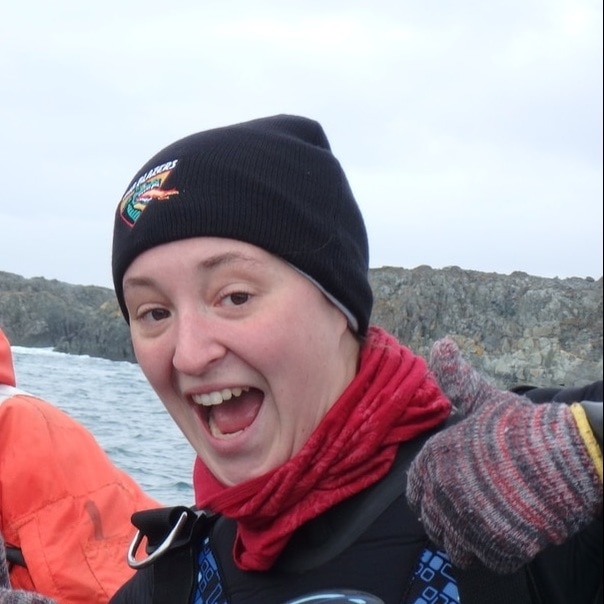Factors driving the production of defensive secondary metabolites in the Antarctic red seaweed Plocamium cartilagineum
Inter- and intraspecific interactions between organisms can be a form of communication, environmental sensing, or defense and are often mediated by secondary metabolites. Sessile marine organisms like macroalgae commonly produce chemical defenses against grazers, pathogens, and biofoulers. The biomass of macroalgal forests around Palmer Station on the Western Antarctic Peninsula is comparable to temperate kelp forests and provide vital functions to the ecosystem. Plocamium cartilagineum is a red understory alga that is common in these macroalgal forests. It supports a very high abundance of amphipods of which most are not able to feed on the heavily chemically defended P. cartilagineum except for Paradexamine fissicauda. Different P. cartilagineum individuals produce differing mixtures of halogenated secondary metabolites and these unique chemical signatures are called chemogroups. Around Palmer Station in 2016 a total of 12 different chemogroups have been identified from 105 individuals. Those individuals were collected from two different depths across 19 sites. The 12 chemogroups fit well into two distinct genetic groups (not different enough to be considered different species) identified by the cox1 gene. These data suggest that chemogroups are to some extent site specific, they have some correlation with depth and/or that there is an underlying genetic differentiation.
Inter- and intraspecific interactions between organisms can be a form of communication, environmental sensing, or defense and are often mediated by secondary metabolites. Sessile marine organisms like macroalgae commonly produce chemical defenses against grazers, pathogens, and biofoulers. The biomass of macroalgal forests around Palmer Station on the Western Antarctic Peninsula is comparable to temperate kelp forests and provide vital functions to the ecosystem. Plocamium cartilagineum is a red understory alga that is common in these macroalgal forests. It supports a very high abundance of amphipods of which most are not able to feed on the heavily chemically defended P. cartilagineum except for Paradexamine fissicauda. Different P. cartilagineum individuals produce differing mixtures of halogenated secondary metabolites and these unique chemical signatures are called chemogroups. Around Palmer Station in 2016 a total of 12 different chemogroups have been identified from 105 individuals. Those individuals were collected from two different depths across 19 sites. The 12 chemogroups fit well into two distinct genetic groups (not different enough to be considered different species) identified by the cox1 gene. These data suggest that chemogroups are to some extent site specific, they have some correlation with depth and/or that there is an underlying genetic differentiation.
